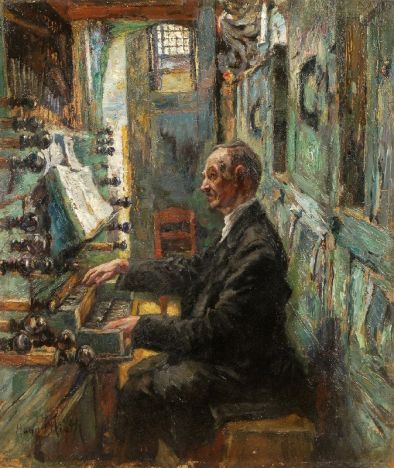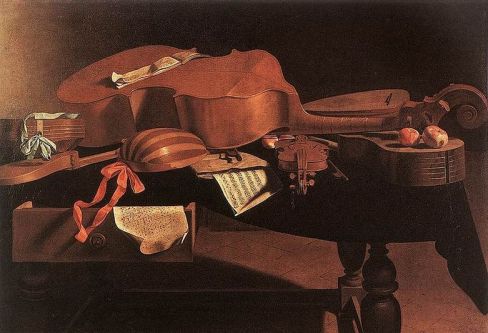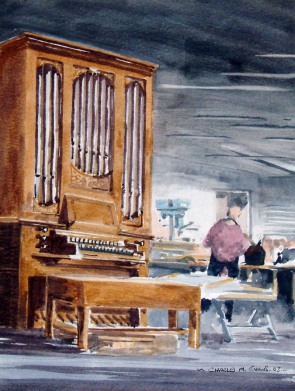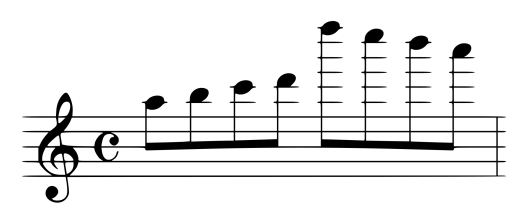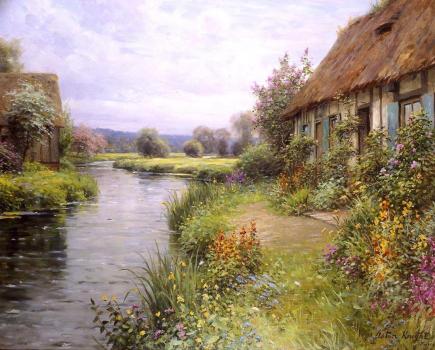(1) The various notational systems which were used for the writing down of early organ music (prior to 1600). They are usually distinguished as Italian, Spanish, etc., organ tablature. However, in Italy, as well as in France and England, organ music was notated in virtually the same way as it is today, except for minor details, such as variations in the number of the staff lines. Only in Germany and in Spain was organ music (more generally, keyboard music) written in systems which deserve the name tablature. See *Tablatures. (2) The manuscripts and printed books of early organ music. As under (1), the name should properly be restricted to the German and the Spanish sources. Practically complete lists of organ tablatures (French, Italian, English, German, and Spanish) are given in WoHN ii, 32ff, 27off, 278. Cf. also the article “Orgeltabulaturbuch” in RiML, where the name is restricted to the sources written in German tablature.
